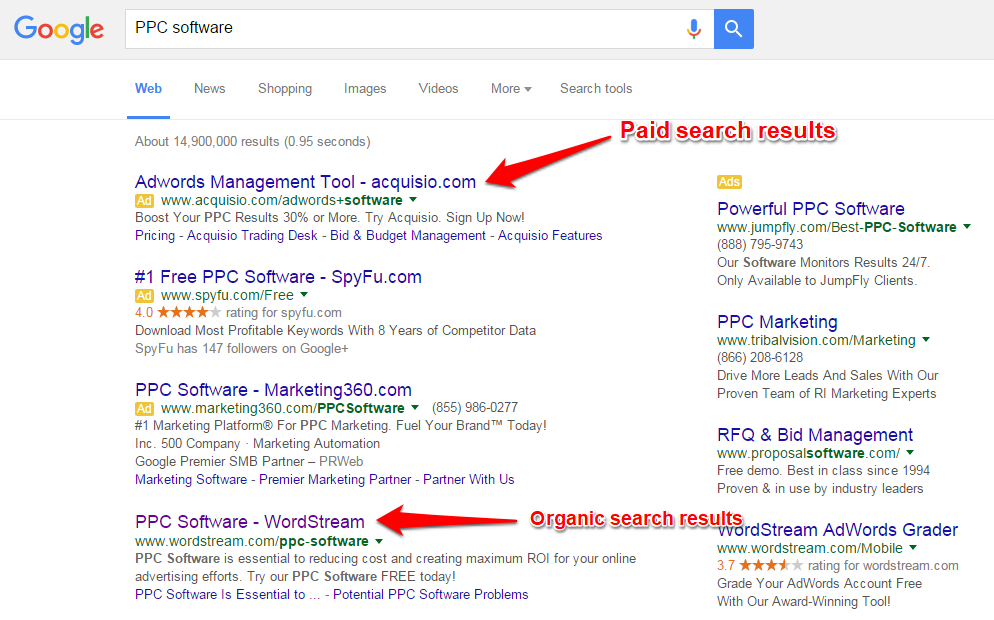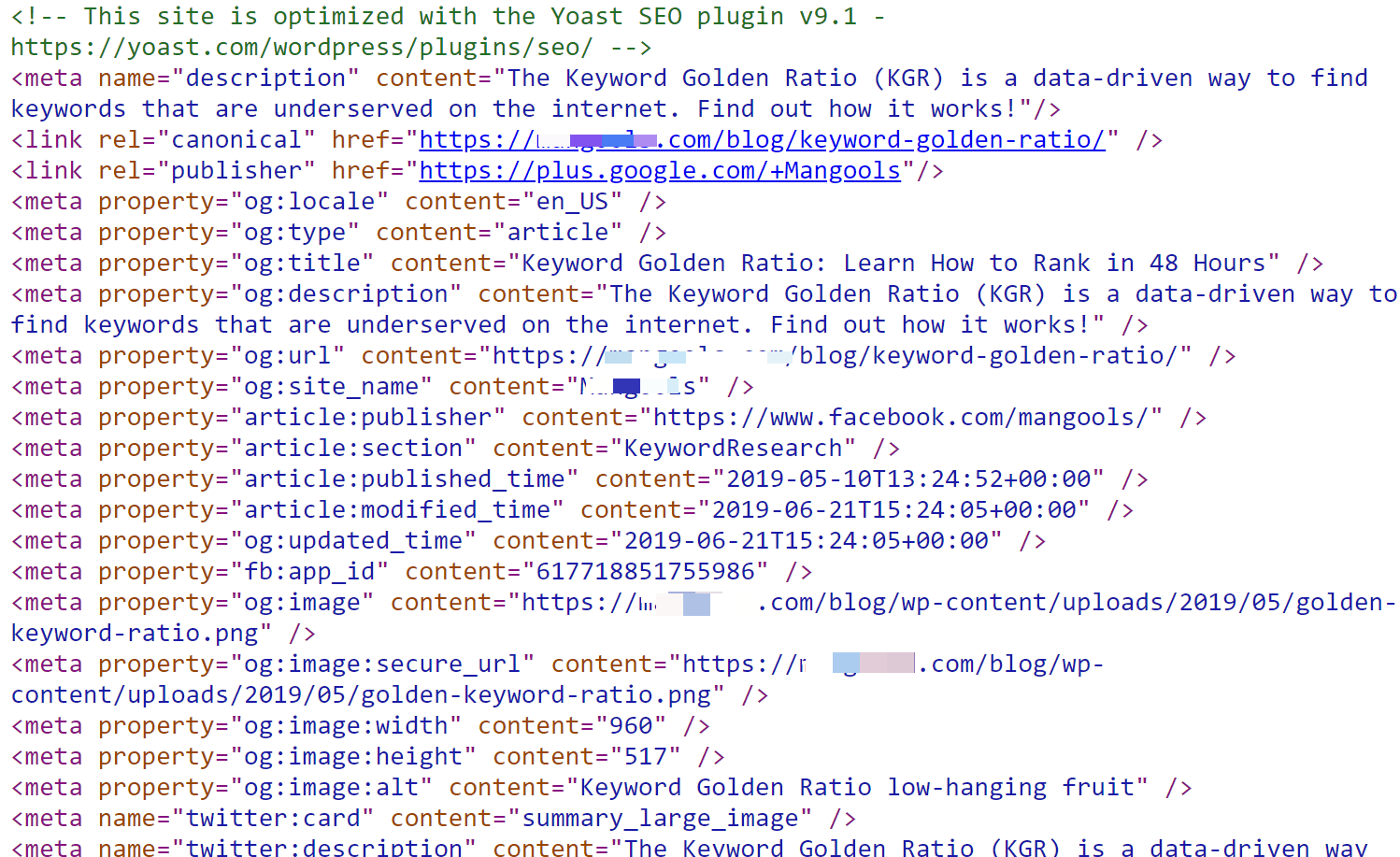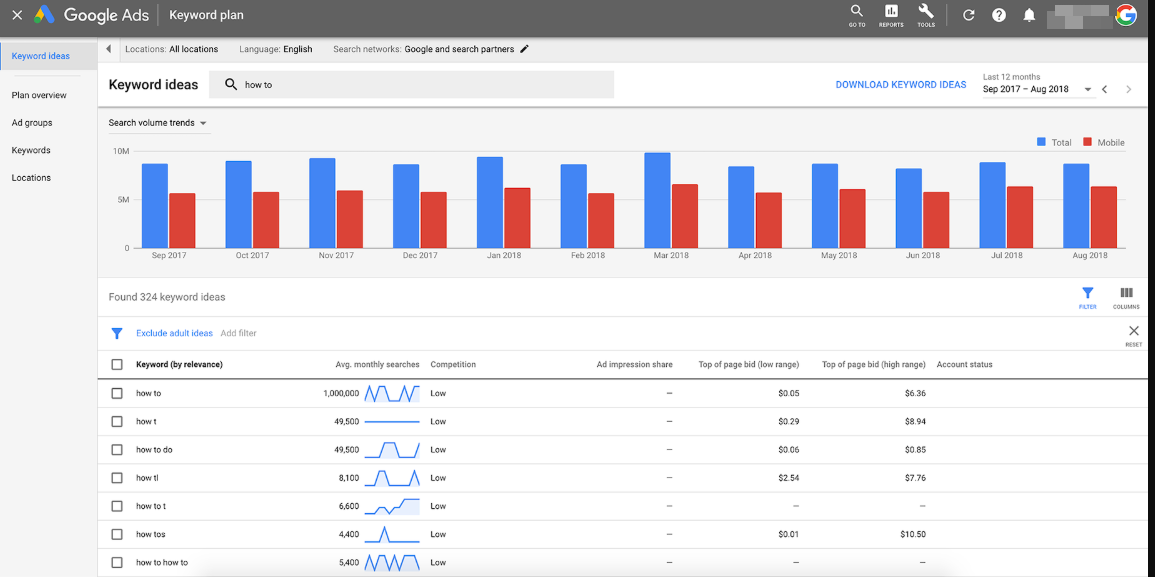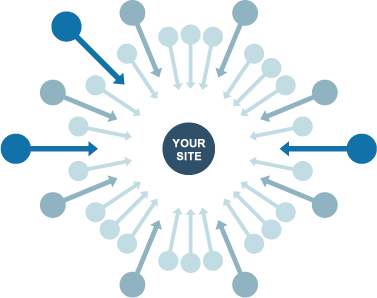Overview
Search Engines have become an important part of our lives.
We use them for everything from finding the nearest coffee shop to checking for sports fixtures, researching projects to following the latest news updates.
People conduct more than 3 million searches a day or an average of 79,000 searches every second. And that’s on Google alone. More so, 35 percent of US internet users start their product search on Google.
Optimizing your websites will increase your ranking on search engines and help users find your online content easily. The top organic search results typically get over 30 percent of clicks.
Search Engine Optimization, or SEO for short, helps search engines show your website or content when people search for information on a topic. Optimized sites would rank as one of the top results in organic search results for related content or keywords.
In this article, we will discuss the basics of SEO and how you can make the most out of it.
Introduction to Search Engine Optimization
Melbourne Search Engine Optimization (SEO) is the practice of improving different aspects of your website to enhance the user experience, increase traffic and visibility in organic search results of major search engines.

Google, Bing, and other engine displays result in a similar order. On the results page, paid ads feature at the top, and then regular results follow suit. The unpaid results are called organic search results or listings.
Effective SEO practices help websites generate traffic through organic search.
Search engines also earn revenue via Pay Per Click (PPC) or Search Engine Marketing (SEM), and therefore, users also generate traffic through paid ads.
How Search Engines work.

Image Credit: Wikimedia Commons
Understanding search engines work is critical towards a successful SEO strategy.
There are billions of pieces of content on the internet- images to webpages, documents, videos, etc. and search engines organize the content to display in a particular order from the most relevant to the least relevant results.

“When users conduct searches, search engines evaluate content by crawling, indexing, and ranking and therefore display search results that match the search query based on unique algorithms.”
Michael Jenkins
By crawling, search engines scan different sections of the website, including hyperlinks, images, documents, and content.
Next, the search engine indexes the page by storing and organizing content found during crawling. After indexing, the search engine ranks the website and provides results during searches according to page ranks.

More than 92 percent of internet search is on Google. But other dominating platforms include Bing, Baidu, Yahoo, and Yandex.
Some of the factors that improve your traffic and search engine ranking include content quality, use of backlinks and external URLs, use of relevant keywords and phrases, website speed.
Search engines should be able to crawl and index your site and must be responsive for display on a wide range of devices.
Search Engine Optimization Techniques
The goal of SEO is to make your website friendly to users and search engines.
1. On-Page SEO
It is crucial to help search engines and users understand your content. You need to create unique and appealing page titles, meta descriptions, and headlines and add structured data code.
The description meta tags and focus keywords will give search engines a summary of what your page is about.

Also, you can organize your URLs to include relevant keywords.
You want to use videos, images, charts, and infographics on your page to increase user engagement and lower bounce rates. You can also use proper file names, alt image attributes, and file sizes to optimize images.
2. Content

Whether you are developing content for your blog, website, product, writing reviews, or on social media, you need to give readers what they want.
Creating quality and compelling content will improve your page ranking and increase user engagement. Users place a premium on great content and will likely share with other users if it captures their attention.
Word of mouth, shares, and reposts will boost your site reputation and create a positive user experience.
Moreover, search engines evaluate the content to determine which content is relevant for a particular search query.
3. Keyword Research
Keyword research is simply knowing what your potential visitors are searching for. It involves finding analyzing and using terms, keywords, and phrases that people use to search for information on the internet.

Identifying what people are searching for and the best presentation format that resonated with them. And then create your content to match those desires.
More so, you can optimize your existing content to include keywords to boost your page rankings. Additionally, you can use keyword research tools like Google Adwords, Soovle, Keyword In, Ubersuggest to identify relevant keywords.
4. Link Building

Image Credit: Wikimedia Commons
Link building is a major ranking factor in SEO. You need to create internal links and obtain quality external links (backlinks) from other websites directing back to your site. Backlinks boost your website’s reputation and contribute to your website’s authority and ranking.
A good number of backlines sends a signal to search engine on your website importance. You may need to build relationships with influencers, popular blogs, and webmasters to attract links to your site.
5. User Experience

Create a positive overall user experience is vital. Your website design and structure should be responsive and mobile-friendly. Other considerations that could improve user experience are page speed, easy navigation, customer support, and easy onboarding process.
Put Your Search Engine Optimization to Work
As you can see, effective SEO can improve search engine rankings, generate traffic, and increase revenue. You can go ahead and implement the knowledge we have discussed to get a first-hand experience of search engine optimization at work. If you are looking for an SEO company in Brisbane, Melbourne, Sydney or Gold Coast, feel free to contact us for further discussion.

